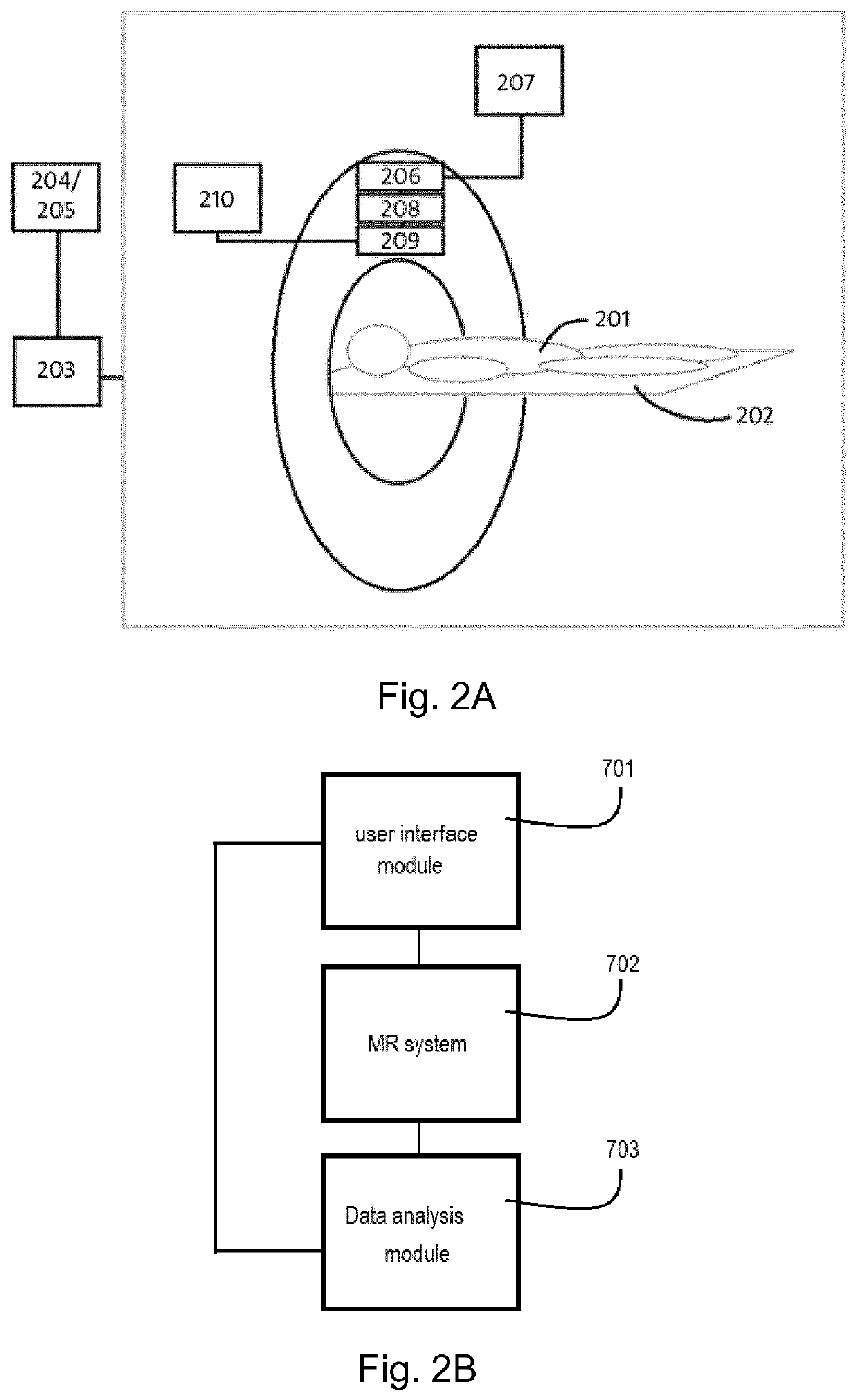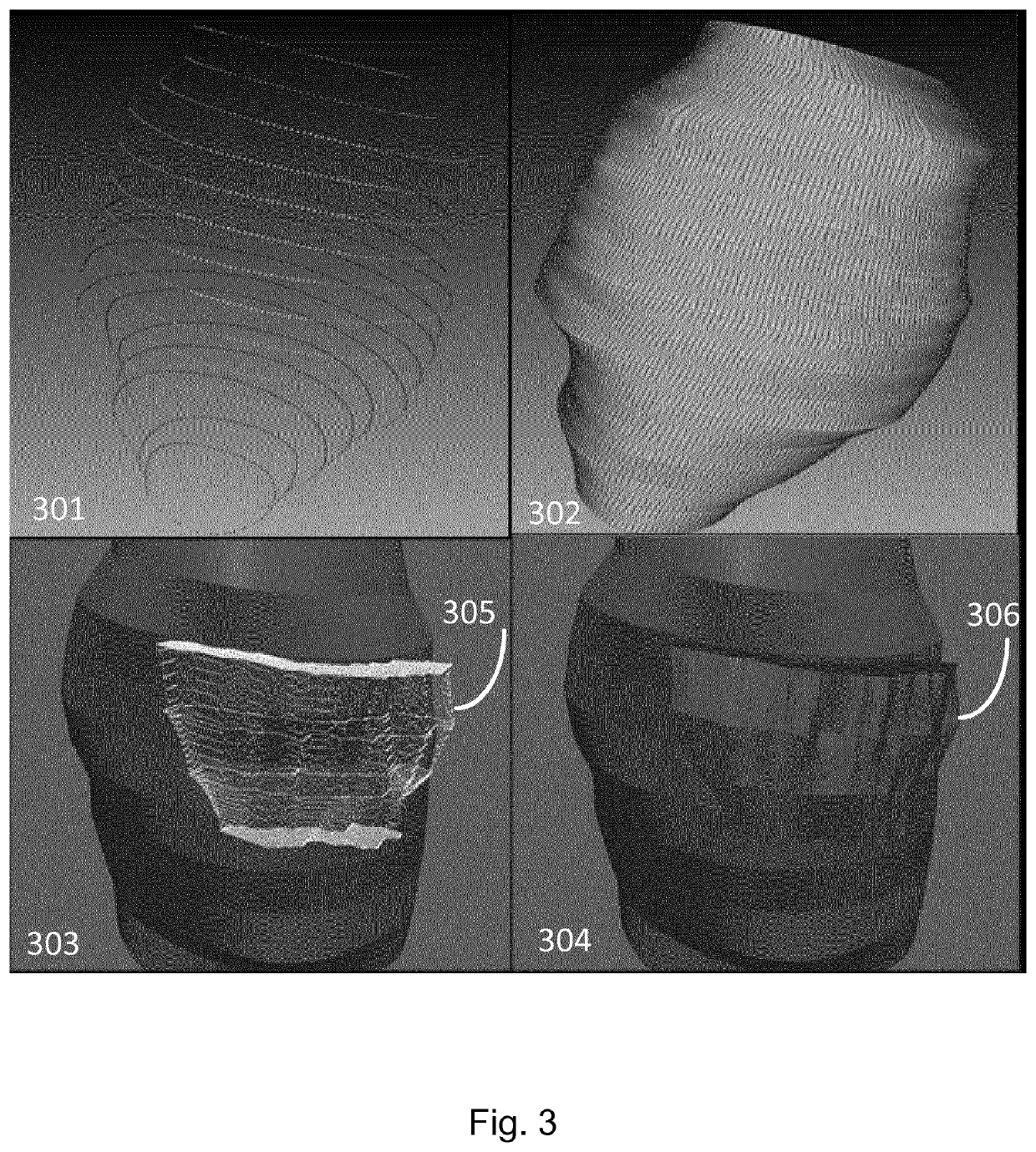Methods and systems for guidance in cardiac resynchronization therapy
a technology of resynchronization therapy and methods, applied in the field of medical imaging, can solve the problems of delayed activation of the left ventricle, marked reduction of signal amplitude, and difficulty in detecting speckles based on echocardiography
- Summary
- Abstract
- Description
- Claims
- Application Information
AI Technical Summary
Benefits of technology
Problems solved by technology
Method used
Image
Examples
Embodiment Construction
[0073]A magnetic resonance imaging apparatus comprises an imaging unit configured to carry out sequential imaging. The apparatus applies a radiofrequency magnetic field onto a subject (i.e. patient) placed in a static magnetic field. A magnetic resonance signal generated from the subject is detected due to the application of the radio-frequency magnetic field. Using the detected signals an image is created. The magnetic resonance imaging apparatus also includes a gradient coil that adds spatial positional information to a magnetic resonance signal by applying a gradient magnetic field onto the subject. Using different combinations of radiofrequency pulses and gradients, different MRI sequences can be made. An MRI pulse sequence is a programmed set of changing magnetic gradients. Different pulse sequences allow the radiologist to image the same tissue in various ways, and combinations of sequences reveal important diagnostic information. FIG. 2A illustrates an example of a high-level...
PUM
 Login to View More
Login to View More Abstract
Description
Claims
Application Information
 Login to View More
Login to View More - R&D
- Intellectual Property
- Life Sciences
- Materials
- Tech Scout
- Unparalleled Data Quality
- Higher Quality Content
- 60% Fewer Hallucinations
Browse by: Latest US Patents, China's latest patents, Technical Efficacy Thesaurus, Application Domain, Technology Topic, Popular Technical Reports.
© 2025 PatSnap. All rights reserved.Legal|Privacy policy|Modern Slavery Act Transparency Statement|Sitemap|About US| Contact US: help@patsnap.com



